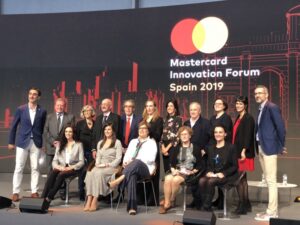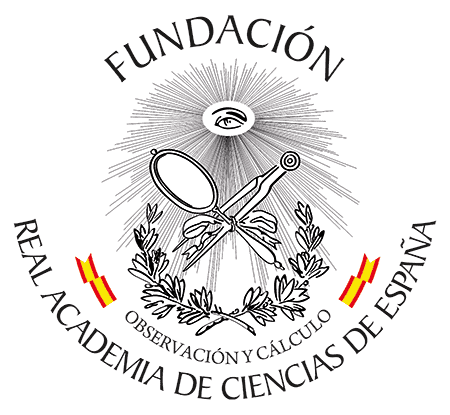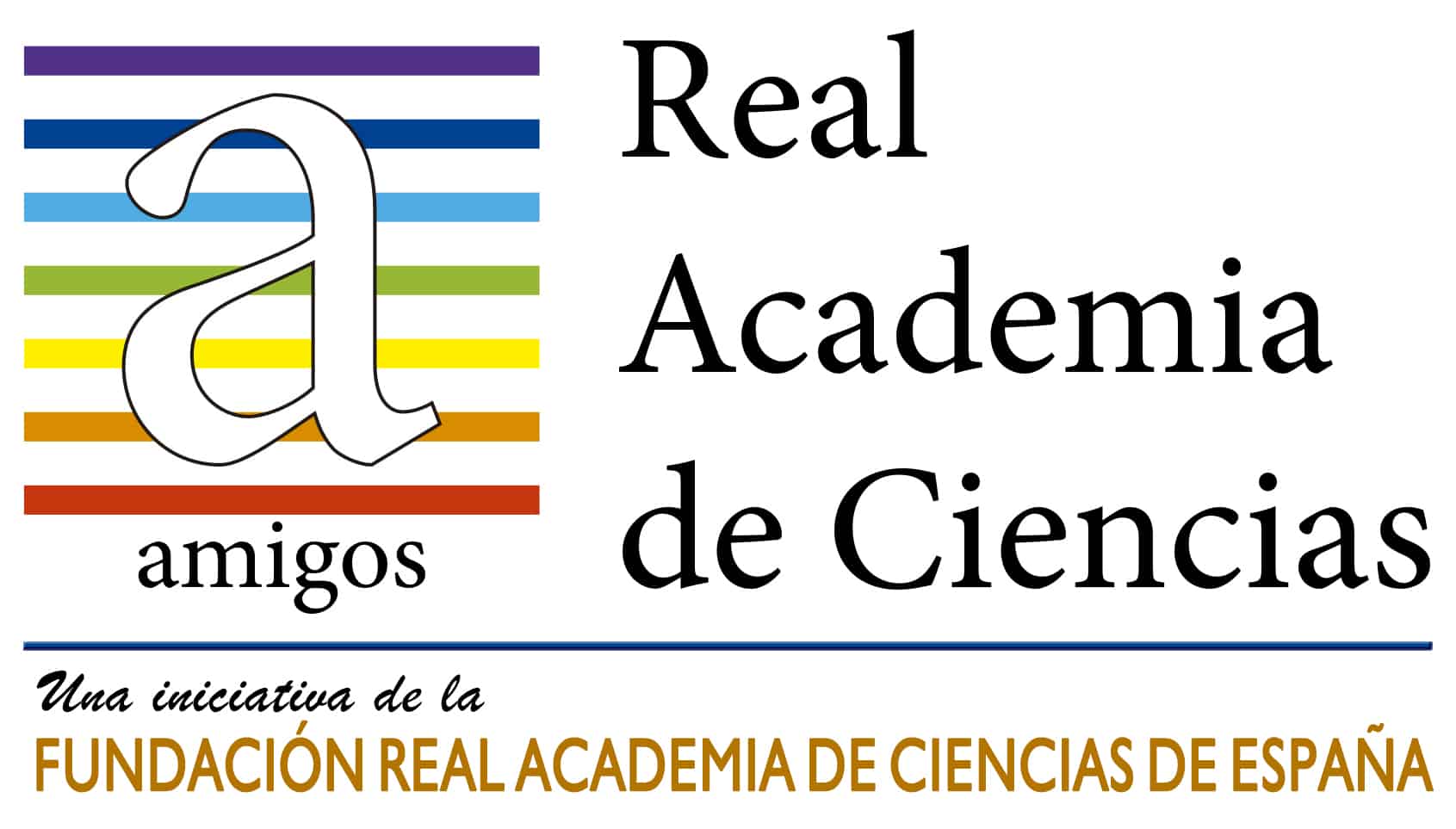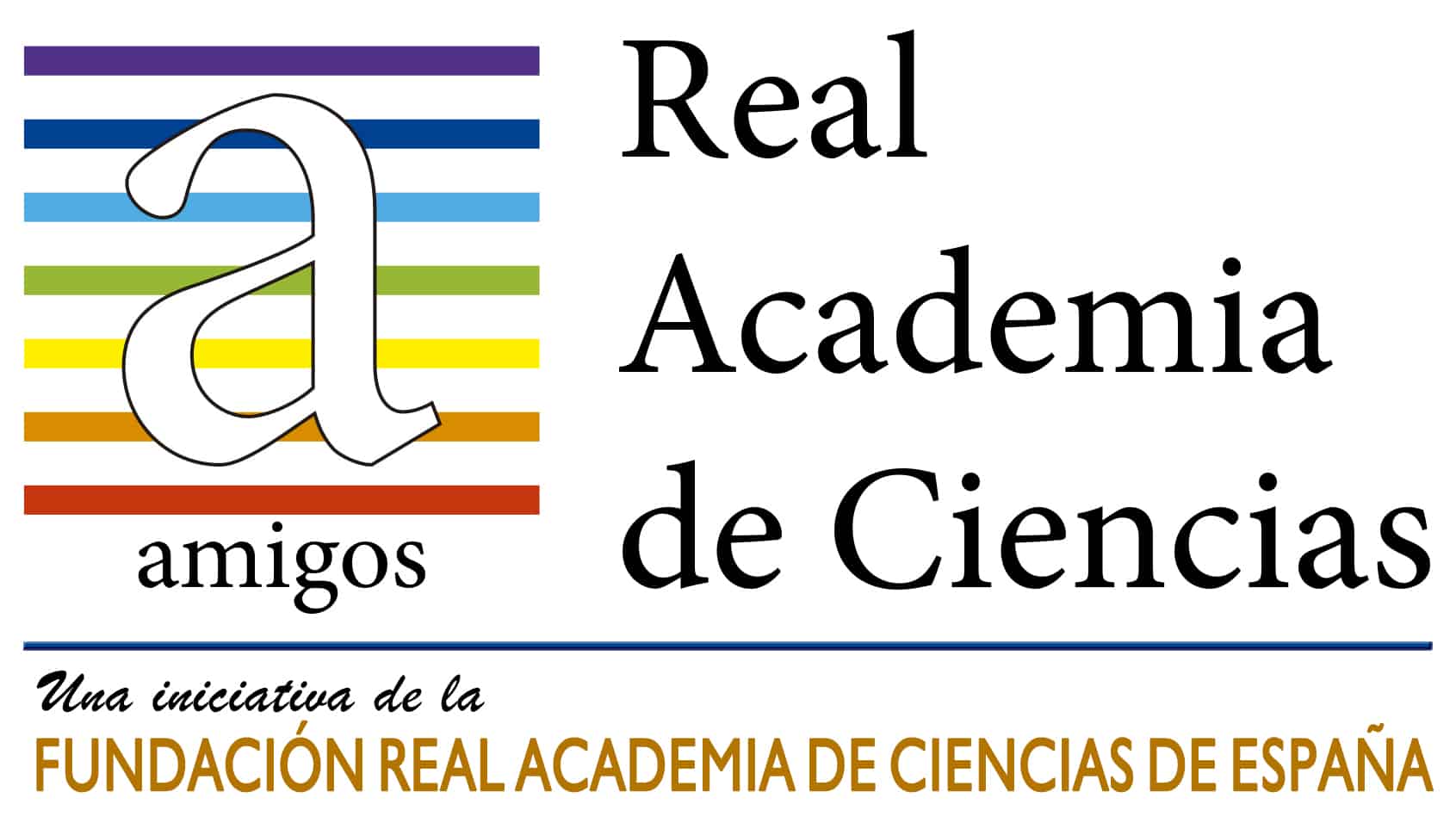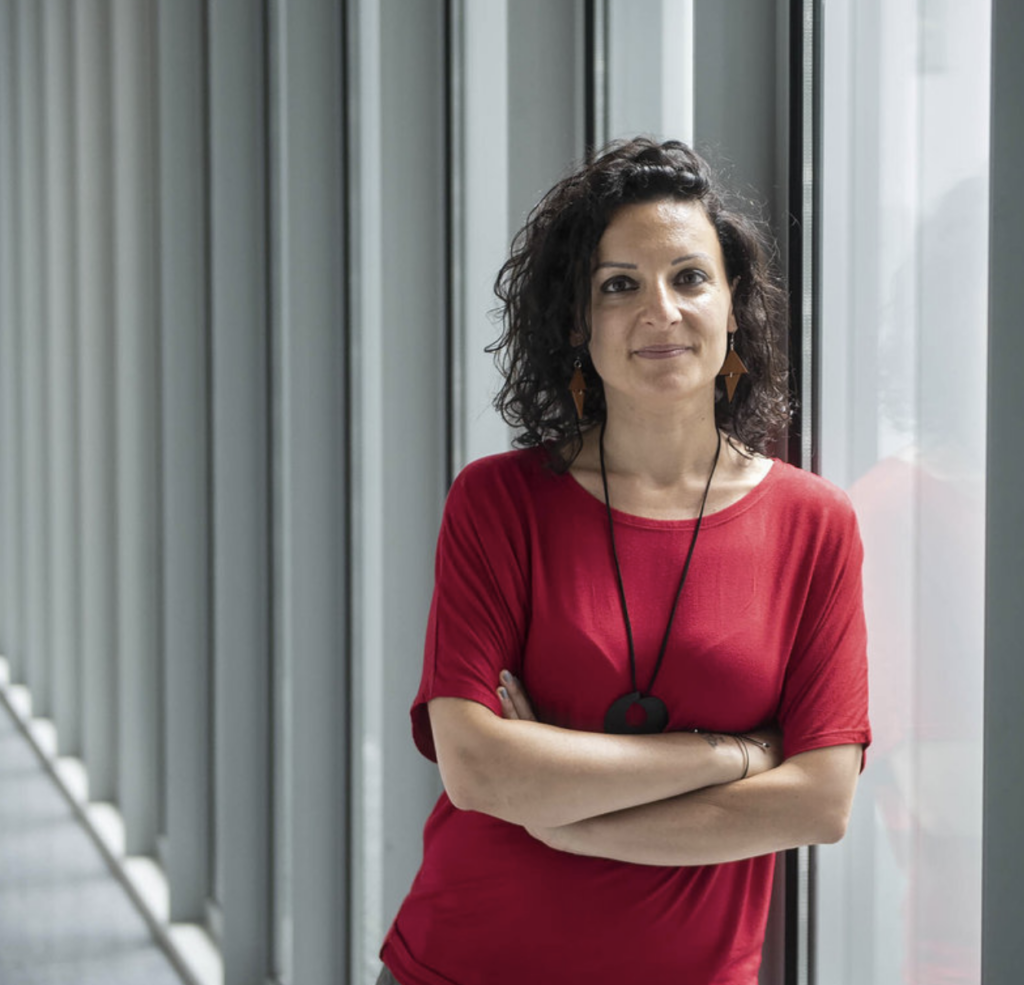
A todos los niños les gusta descubrir misterios, entender cómo funciona la naturaleza y preguntarse por el mundo en el que viven.
El interés por la ciencia está presente en todos los seres humanos, ya que está en nuestro instinto, el que nos hace crecer y evolucionar diferente a cualquier otro animal. Esta es la base de la investigación científica.
Cuando era niña me encantaba visitar museos de ciencia, construir lugares imaginarios con los Legos y aprender sobre las leyes que rigen mi entorno. Al crecer, tenía claro que la investigación científica era el trabajo que siempre soñé, lo que me permitía seguir preguntando, aprendiendo y, a veces, incluso siendo capaz de explicar lo que había descubierto.
Trabajar con un grupo de jóvenes estudiantes es gratificante todos los días, viendo la curiosidad y la energía de la próxima generación de científicos.
La investigación de nuestro grupo se centra en las estrellas de neutrones, también conocidas como púlsares, las fuentes más densas, magnéticas y de rotación más rápida de nuestro Universo. Recientemente se ha sugerido que las estrellas de neutrones más magnéticas, los magnetares, están impulsando una gran variedad de eventos explosivos y transitorios. El enorme poder de rotación al nacer y la energía magnética que pueden liberar a través de grandes bengalas, ponen a los magnetares en las interpretaciones de los estallidos de rayos gamma, de las primeras fases de fusiones de estrellas de neutrones dobles, de supernovas super-luminosas, hipernovas, estallidos de radio rápidos y fuentes de rayos X ultra-luminosas: las más extremas y energéticas explosiones en el Universo.
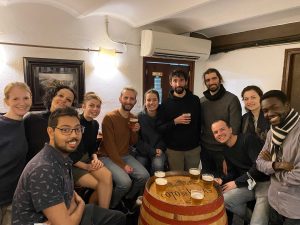
Equipo de trabajo actual de la Doctora Nanda Rea
a
En los próximos años, nuestro grupo está tratando en derivar un censo de púlsares y magnetares en nuestra Galaxia, a través de un enfoque innovador que combinará la experiencia en observaciones astronómicas multibanda, modelado numérico, física nuclear, aprendizaje automático y simulaciones computacionales. El aspecto clave de nuestro grupo de investigación es la inclusión, la multi- disciplinariedad, el equilibrio de género, el entorno multi-étnico y la voluntad de divertirse estudiando el cielo. Creo que estas son nuestra mayor fortaleza.
En el 2019 la Real Academia de Ciencias de España celebró la primera edición de los Premios FRACE en colaboración con Mastercard; premiación en la cual el jurado selecciono a La Dra. Nanda Rea como joven talento científico destacado en la categoría de Física y Química por hallazgos como el descubrimiento del primer magnetar de campo magnético bajo, que ha supuesto el impulso a investigaciones en otras ramas de la Astronomía, como la investigación sobre supernovas, explosiones de rayos gamma, ondas gravitacionales y evolución de estrellas masivas. Además, la Dra. Rea ha desarrollado un modelo analítico disponible públicamente en la página NASA Heasarc, que se emplea ampliamente en la comunidad científica.
a

